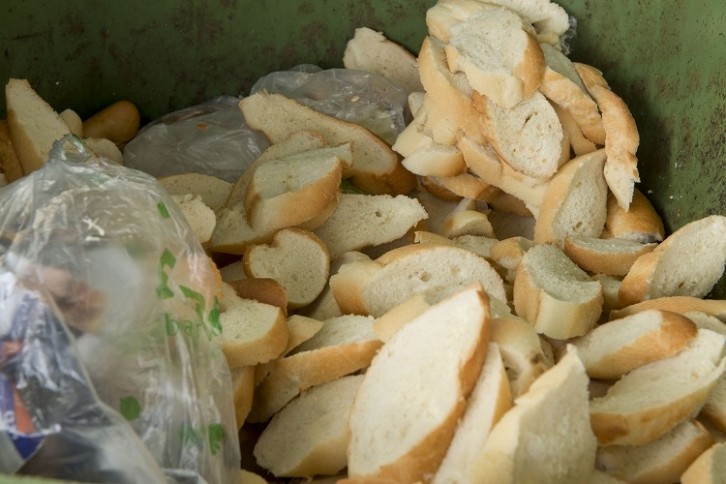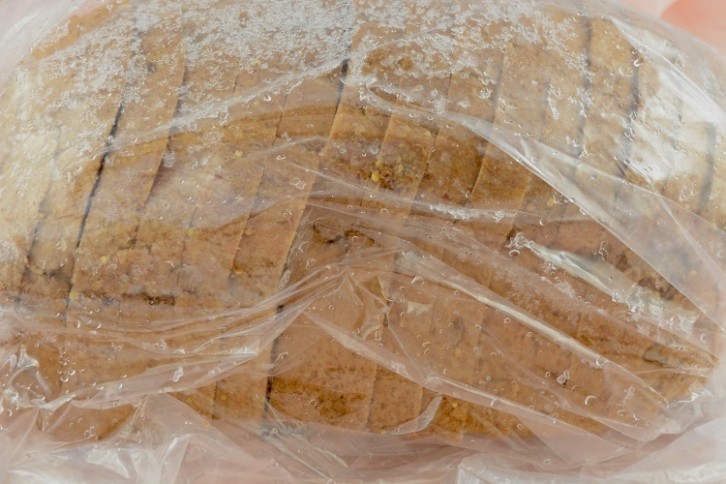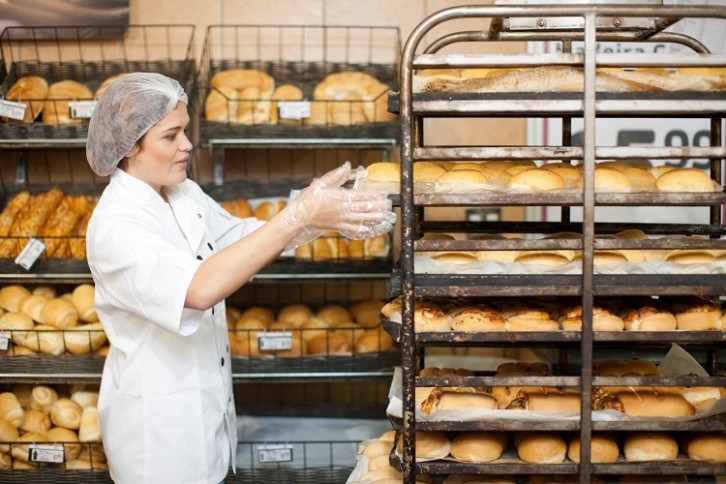‘Bread rescuers’: How researchers aim to slice bread waste in half

Bread is amongst the most wasted food products in western countries. In Norway, an estimated 300,000 loaves of bread are wasted daily – accounting for 18% of food waste in households and 42% in the retail sector.
This is problematic given the amount of bread consumed in the northern European country (it is thought as much as 96% of Norwegian consumers eat bread regularly), and the impact of food waste on the environment. Globally, an estimated 1.3bn tonnes of food is lost or wasted each year and if food waste were a country, it would be the third-largest greenhouse gas emitter behind China and the US.
In response, a project led by the Research Council of Norway (Nofima) is looking to develop new strategies for the prevention and reduction of bread waste from bakeries to consumers. Its ambition is to cut bread waste by half.
Rethinking, reducing and repurposing bread waste
The four-year project, which kickstarted in November 2023, is being supported by other research institutions, food waste-focused organisations, members of the local cereal industry, and bakeries in Norway. Outside of Scandinavia, Central Queensland University in Australia and the City University of London in the UK are serving as external advisors to the project.
Coined ‘Bread Rescuers’, the project aims to rethink, reduce, and repurpose bread waste. Partners will conduct a literature review and interview industry experts and stakeholders to investigate how return agreements lead to less waste, but more waste in bakeries. Studies with around 30 families with children will be undertaken to identify ‘triggers and solutions’ that reduce bread waste.

In reducing food waste, the project will ask whether frozen bread could be a good strategy to prevent waste at both the consumer and retail levels. Nofima’s sensory panel will map the sensory properties of bread under different freezing and thawing conditions. To investigate how bread waste could be repurposed, the team will develop and evaluate technological solutions that could see surplus bread upcycled into new ingredients and bakery products. Consumer attitudes and price sensitivity to repurposed bread will also be examined.
“In order to succeed in halving bread waste, it is necessary to find new solutions for the use of surplus bread. In the project, we will develop a crumble flour and potential new raw materials, based on returned bread,” explained Per-Ole Arneberg, quality director at bakery Mesterbakeren.
“This can be used as an ingredient in a number of bakery products, and our goal is that the crumble flour can replace part of the wheat flour that is currently used in bread.”
Why is so much bread wasted in the home and in retail?
“We know why Norwegians waste so much bread, now we want to find out which solutions can help reduce bread waste, and how the surplus bread can be developed into new products,” said Nofima senior scientist and project leader Valérie Almli.
So why is so much bread wasted? According to research, many consumers don’t eat the end pieces of a loaf of bread, meaning that often a significant portion of the product is thrown away.
Another reason bread ends up in the bin too early is linked to perception of freshness. If a consumer buys too much at a time, or forgets to eat it while still thought to be fresh, it is likely to end up the bin. According to Nofima, many shoppers forget they already have bread at home when in the supermarket.
Of all demographics, families with children have been found to waste the most bread. It has been suggested that a significant amount of bread waste in families comes from leftover sandwiches from packed lunches.
A potential solution to this problem could be to ask children to make their own packed lunches at home or at school, said Siril Alm at The Arctic University of Norway. “The families weigh the leftovers from the packed lunches before and after they have tried out various measures, and that in itself may help raise awareness of how much bread they are wasting.”

Most bread waste (just like most food waste in developed countries) occurs in the home. But that is not to say that waste does not occur further up the supply chain in the retail and bakery sectors. It is estimated that as much as 35% of all bread waste occurs in these sectors.
One reason for excessive bread waste in retail and bakery comes down to supplier agreements: often major grocery chains are able to return unsold bread to their suppliers, who in turn downcycle it into animal feed, compost, or even incinerate it. According to Nofima, these agreements do not incentivise grocery chains to reduce orders for bread products.
“We will identify and map which systemic structures that cause bread waste among the various stakeholders,” said Nofima innovation researcher Sveinung Grimsby. “We know that stores feel that they have to offer customers a wide selection of fresh bread right up until closing time to ensure that customers choose their store. This assumption has not previously been challenged.”
Although the researchers don’t know if stores actively communicate to consumers that having a wide selection of fresh bread on offer throughout the day leads to more bread waste, they want to investigate ‘some of [these] systemic structures’ closer.
“We will study the value chain from production in bakeries to the distributors’ transport and up to the grocery stores that sell bread.”
The Bread Rescuers project will run through to the end of October 2027.






